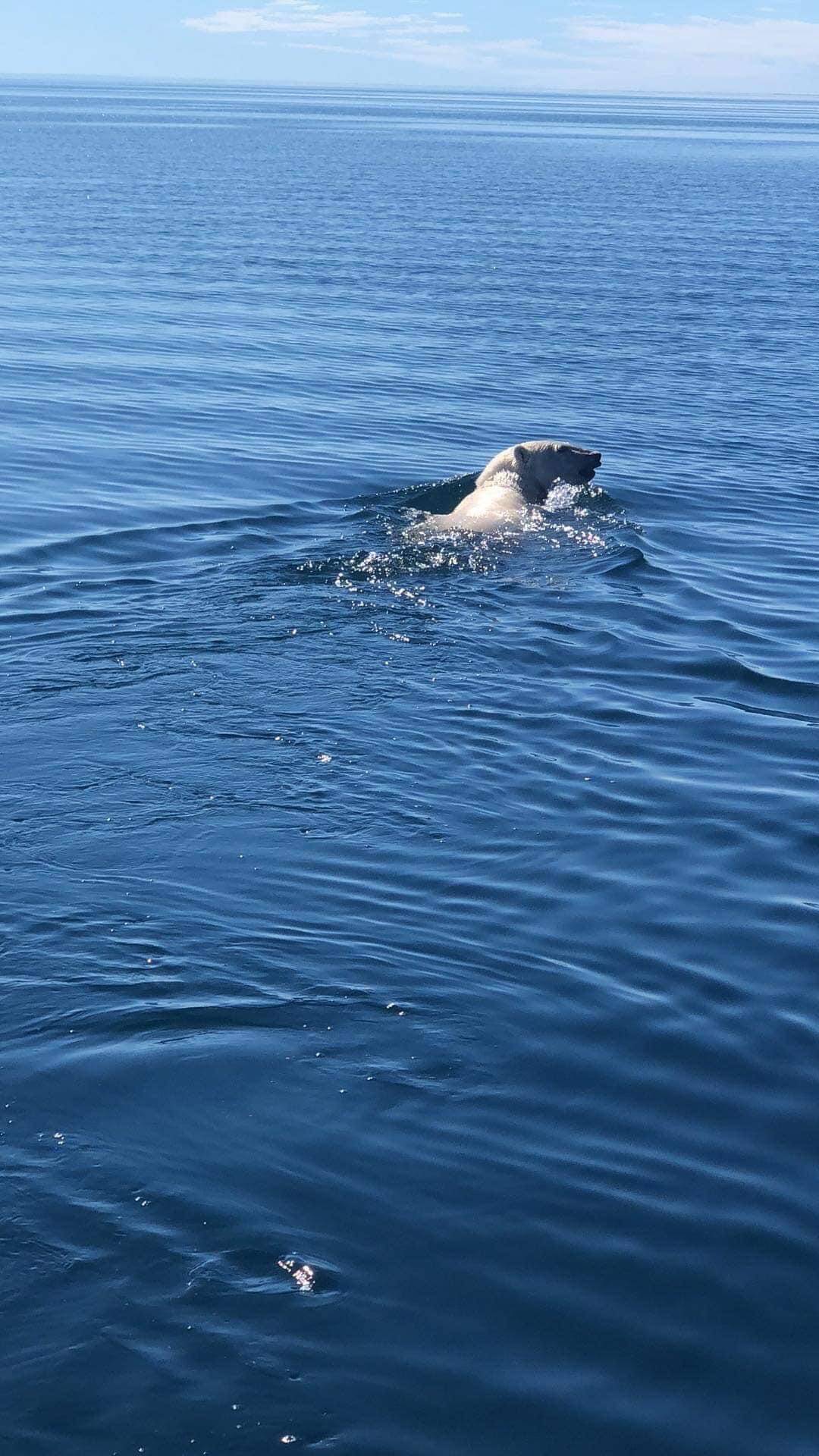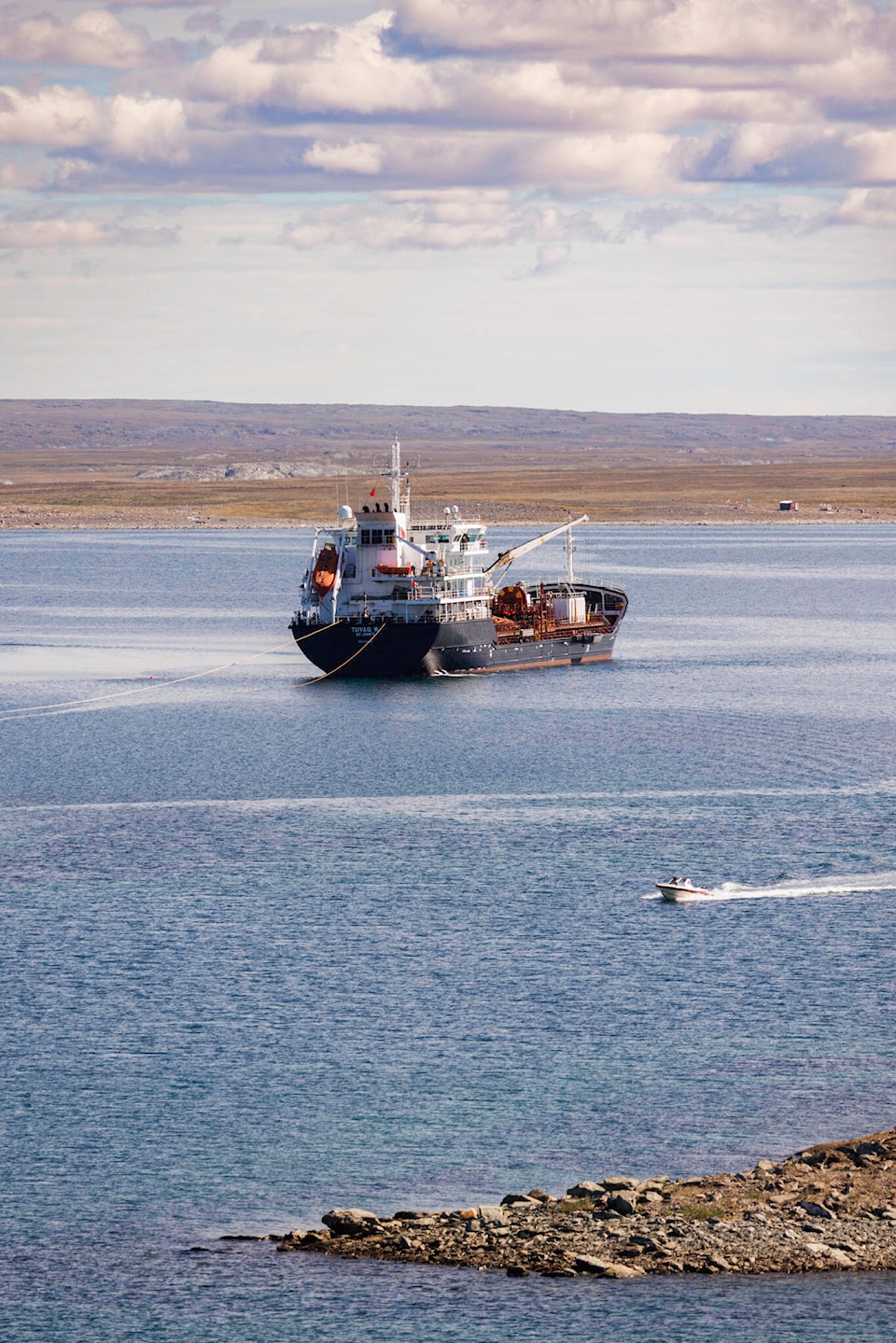Though safety on the water is as important as ever, mariners can breathe a little easier knowing help is close by in Rankin Inlet, as Canadian Coast Guard’s Inshore Rescue Boat (IRB) station opened June 29.
The IRB in Rankin Inlet first opened in 2018 and is crewed by Indigenous staff hired and trained by the Canadian Coast Guard, an initiative under Canada’s Oceans Protection Plan.
The program provides hands-on work experience to crew members, who learn lifesaving skills, as well as provides additional maritime search and rescue services during the busy summer season.
The Rankin Inlet station has two three-person crews working on 14-day rotations, along with an operational and community liaison who serves on both crews.
Before the station opened, search and rescue coverage in the area was done via Canadian Coast Guard icebreaker, helicopter, Royal Canadian Air Force, chartered aircraft and the Coast Guard Auxiliary – the Rankin Inlet branch of which started in 2005.
“When working in the North, Coast Guard recognizes and respects that local and traditional knowledge is imperative to working efficiently in the area,” stated Jeremy Hennessy, communications adviser for Fisheries, Oceans and the Canadian Coast Guard.
For Rankin Inlet resident Sonny Ittinuar, the ocean is his office, and his backyard since he was a child.
“I just live the dream out here,” he said July 6, on a day he had earlier spent following a polar bear swimming in the bay off Rankin Inlet.
Wind and reefs are the main hazards on the ocean, but he hasn’t run into too many problems.
Ittinuar uses the summer boating season to camp and hunt beluga, caribou, seals and fish.
“The ice went away pretty quick, so we’ve been boating since the ice was gone,” he said. “Good fishing right now, lots of fish.”
The Coast Guard’s search and rescue program incorporates local place names on charts and makes sure to be familiar with hunting routes and patterns, fostering cooperation with local hunters and trappers organizations to be aware of their planned activities for response purposes. The Coast Guard is also currently developing a record of cabins in some communities to aid in search planning.
Last year, the IRB closed its summer service in September after responding to three search and rescue cases, carrying out four training exercises and travelling more than 854 nautical miles.
![]()

